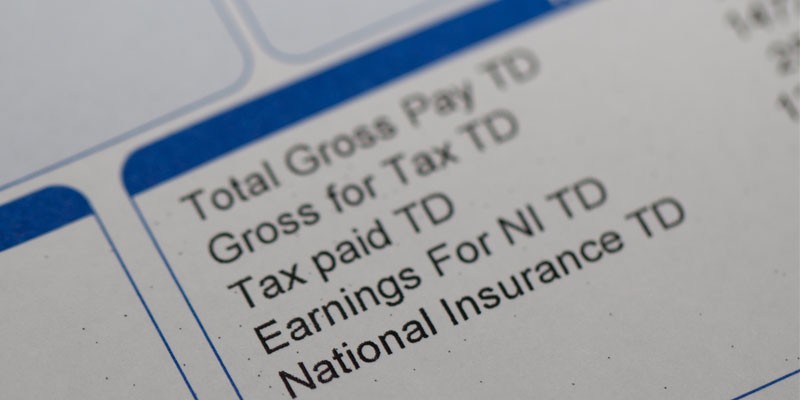
Key Information Document- do not miss this requirement that comes in April 2020.
Many recruiters and clients are focussed on preparing and implementing plans relating to the Off-Payroll Working Rules that come in from April 2020 to the private sector, as well as updating the rules for the public sector. In amongst all of this there is another significant change that seems to have been overlooked by many - The Workers Key Information Document.
Legislation is already in place and guidance has been issued by BEIS; you can find the guidance here:
https://assets.publishing.service.gov.uk/government/uploads/system/uploads/attachment_data/file/836294/key-information-document-for-agency-workers-business-employer-guidance.pdf
In summary these are the key points that need to be considered:
1. The document is designed to bring transparency and clarity to workers on their pay and rights.
2. Key information documents must be given to agency workers before agreeing terms.
- The figures given within them do not have to fully reflect the precise figure that workers will make on an assignment-by-assignment basis. They must, though, clearly reflect the minimum amount an employment business expects to achieve for an agency worker (for example, not less than national minimum wage).
- They must also include a description of all deductions to be made to a worker’s pay. For statutory deductions (e.g. Income tax), this can just be an explanation that the deduction will be made. For non-statutory deduction and fees (e.g. an umbrella company’s margin), the key information document must EITHER state the amounts to be deducted OR explain how they are calculated.
- Key facts pages must also include representative example statements to demonstrate how the listed deductions will be made to a rate of pay. Real numbers must be used in the example statement: actual figures must be given as opposed to simply listing the types of deductions made and their method of calculation, as is acceptable in the rest of the key information document. These figures maybe estimated and do not need to exactly reflect the specific rate of pay subsequently received by the agency worker, but they should demonstrate in a realistic way the deductions made to a proposed rate of pay and how these affect a worker’s take home pay.
- Where employment businesses have multiple ways of paying an agency worker (e.g. subject to PAYE or through different umbrella companies) it is expected that the business will have a standard key facts page corresponding to each payment method. Ultimately, an individual worker must at least receive a key information document that reflects the payment method that they are to be contracted under.
What is clear is that clients must make accurate assessments of status for the purposes of Chapter 10 to avoid challenges and potential liabilities. - Because the figures in a key information document do not need to be precise final figures, they do not necessarily need to be revised for every assignment. They only need to be updated as and when the information contained within them changes.
- Where there is an intermediary or umbrella company involved, the key information document must be given both to that organisation and to the individual agency worker. Many providers are already working on how they can support recruitment companies deliver these new obligations.
If you have not already done so you must ensure you have all the required processes in place for new registrations after 6th April 2020.